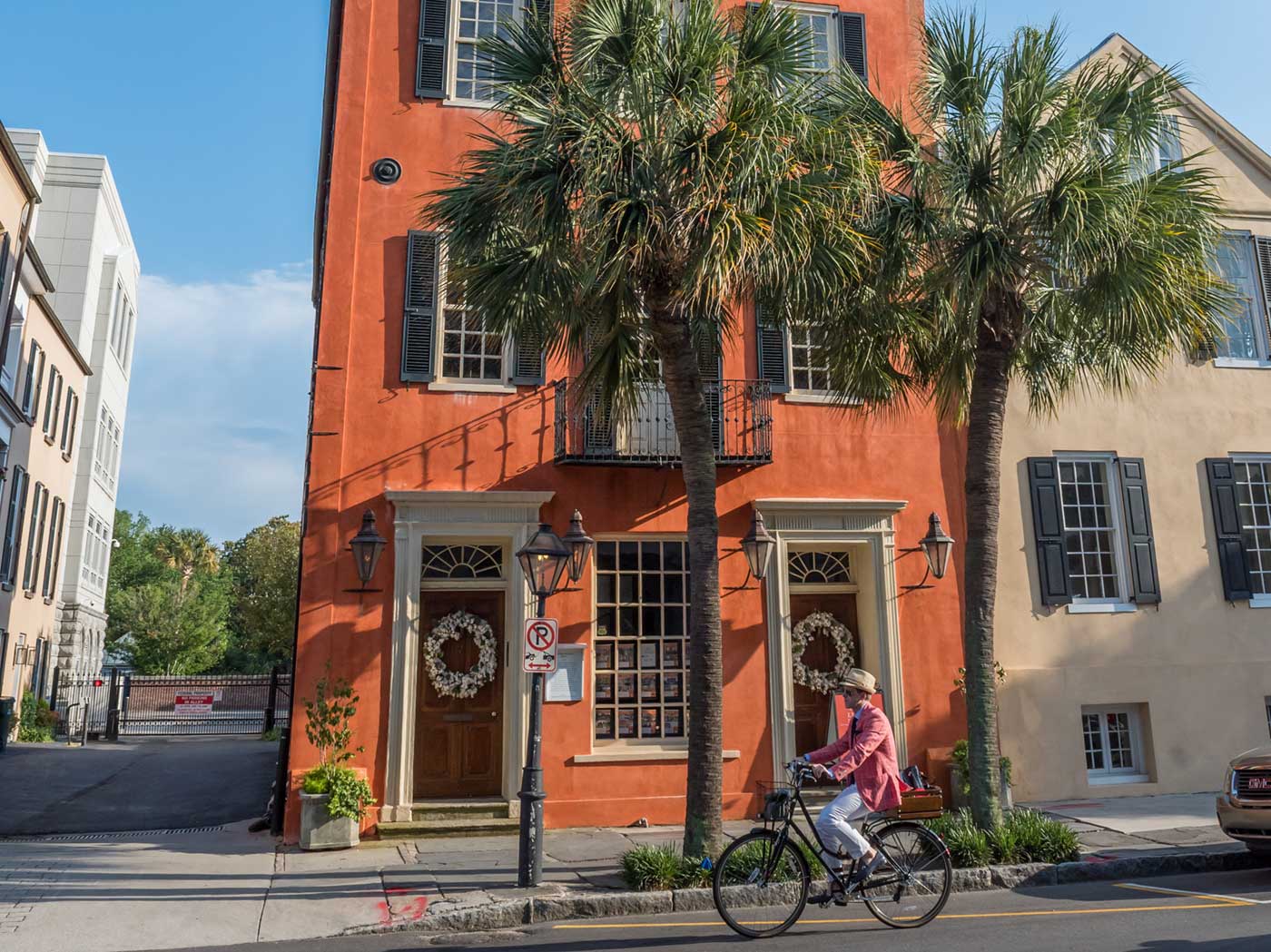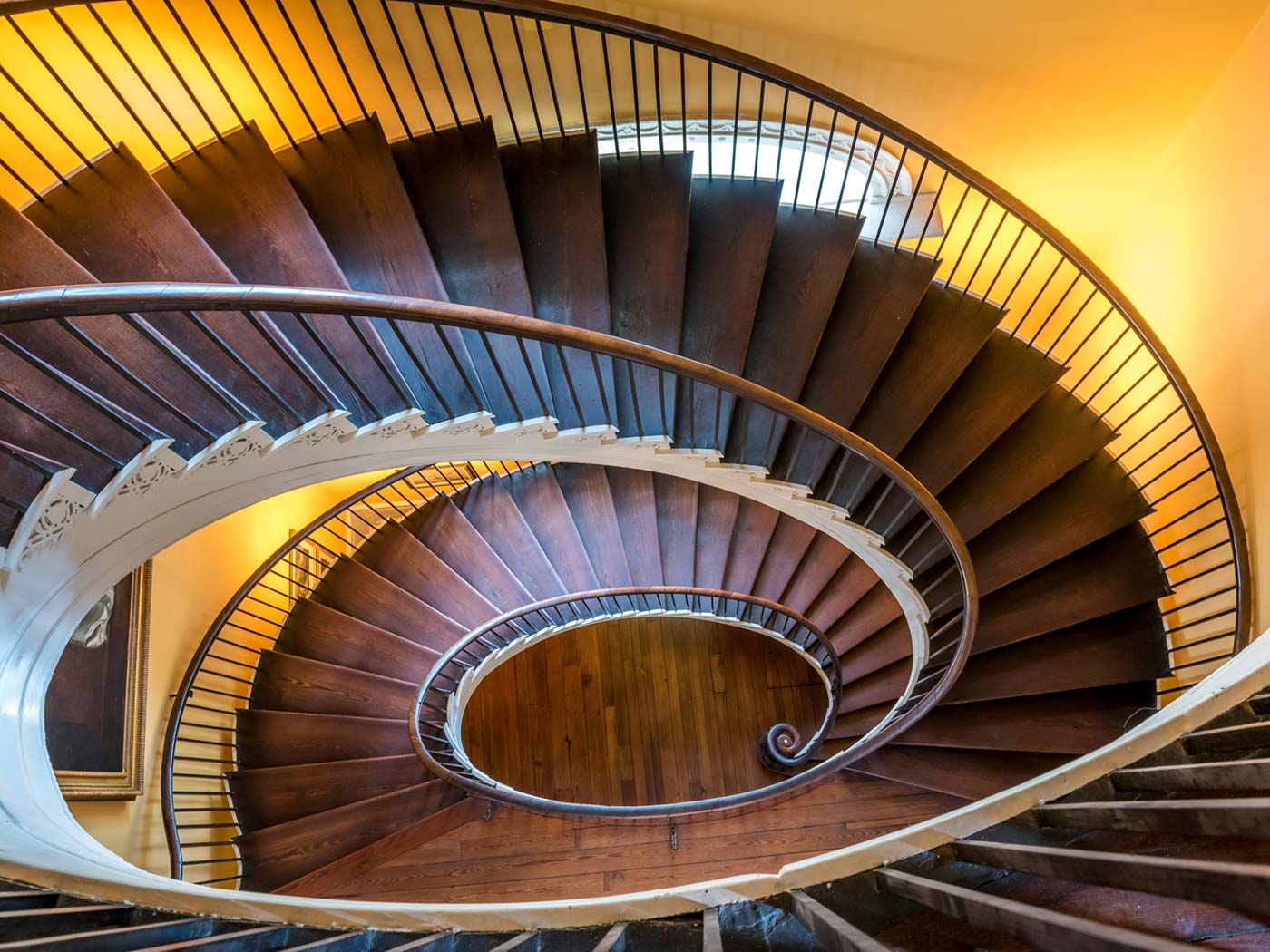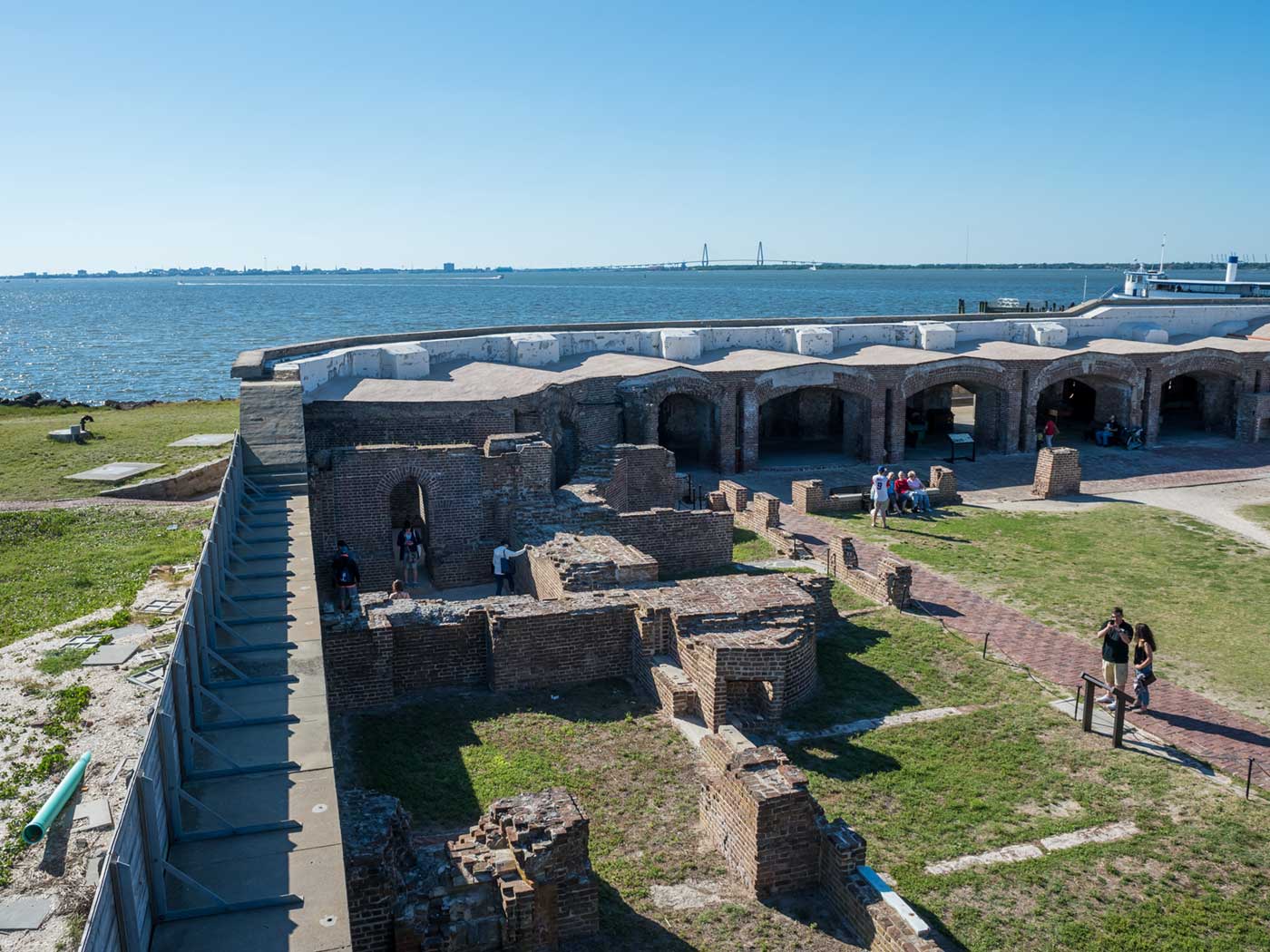Connect Online With a Trusted AAA Local To Plan Your Trip
Where to go in Charleston, recommended by the locals who know! Get personalized, custom travel itineraries with a local flair.
Cobblestone streets and crabcakes, historic homes and harbor tours—these are just a taste of what this jewel of the South Carolina coast has to offer.

C2 Photography
In Charleston, the old and the new coexist in sublime harmony: Visitors snap selfies at the harbor where Blackbeard once sailed. Eateries pair trendy tuna poke with rice, one of the city’s major Colonial-era exports. Locals in button-downs and bow ties mingle with tourists sporting shorts and flip-flops at hipster coffee bars and trendy food trucks.
This is both the Holy City, nicknamed for its many churches and temples, and Chucktown, as it’s fondly called by residents. By any name, Charleston is a vibrant city where some of the nation’s most important historic sites, architectural gems and tantalizing cuisine blend to create a most satisfying Southern escape.

C2 Photography
Since its founding as Charles Town by English colonists in 1670, Charleston’s coastal setting has shaped its identity. By 1770, it was the colonies’ fourth-largest port, with planters and merchants making their fortunes growing and exporting rice, indigo, cotton and other crops. Their success can be seen in the wealth of architectural styles in Charleston’s downtown—from symmetrical Georgian and Federal facades to the more ornate Italianate and Queen Anne designs.
On East Bay Street, mid-1700s Georgian townhouses—a vivid collection of pastel pink, blue, green and yellow—form Rainbow Row. Magnificent mansions constructed from 1809 to 1920 as summer retreats for rich landowners sit along the Battery.
Church and Meeting streets hold other examples of Charleston’s stately homes, many open for tours. Step inside the Adam-style Nathaniel Russell House Museum to marvel at the exquisite “floating” staircase that spirals up to the third floor. The home’s interior has been restored to its 1808 grandeur. At the Georgian-style Heyward-Washington House, the 1740s kitchen building is the only one of its kind open to the public in Charleston.

C2 Photography
Navigating its cobblestone streets, Charleston can feel as if it’s suspended in time. You’ll find yourself amid gardens perfumed with Confederate jasmine in the spring and crepe myrtles scattering pink and white petals from summer into fall.
In every season, stalls at the landmark City Market bustle with shoppers just as they did when it opened in the 1790s. Set aside time to browse sweetgrass baskets and Civil War prints and maps, and pick up some benne wafers—antebellum-era cookies—for a snack.
Stroll oyster shell-lined paths that meander beneath moss-draped live oaks at White Point Garden in the Battery, Charleston’s landmark waterfront promenade, where the Ashley and Cooper rivers join the Atlantic Ocean.
Or, board a harbor tour to explore historic Fort Sumter National Monument. It’s easy to imagine the smell of gunpowder and the roar of cannons when you visit Fort Sumter. Built after the War of 1812, the five-sided brick fort is where the first shots of the Civil War were fired in 1861.
TIP: Check your AAA Mobile app to find discounts on historical tours such as the Charleston Harbor Tour, which takes you on a narrated sightseeing cruise through historic Charleston Harbor aboard a 1920s-style steamer boat.

Charleston CVB/ExploreCharleston.com
Renowned as a culinary hot spot, Charleston chefs embrace the local food movement. Their menus, in buzzed-about new restaurants, brim with reimagined Low Country dishes. The staples remain constant: fresh seafood served with regionally grown rice, okra and other vegetables; it’s the preparation that’s constantly evolving.
Find out how a commitment to local ingredients has made Husk one of the hottest restaurants in the South.
Explore MoreIf you want to try the hottest interpretation on classic tastes, get in line at the uber-popular AAA Three Diamond Husk, where every ingredient comes from the South and many are grown at the restaurant’s own farm. The menu is based on what’s fresh, but shrimp and grits are a mainstay—not just here but on menus across town (even at brunch).
Oysters are a delicacy as well. For instance, AAA Approved Leon’s Oyster Shop serves them chargrilled, fried and casino style. Or order them raw to taste their briny flavor with every slurp.
TIP: Charleston is home to nearly 20 Four Diamond hotels and restaurants. While you’re sampling some of the South’s best eats and accommodations, make sure to bring along the AAA Mobile app so you don’t miss a single opportunity for discounts on attractions, top-rated hotels and restaurants.